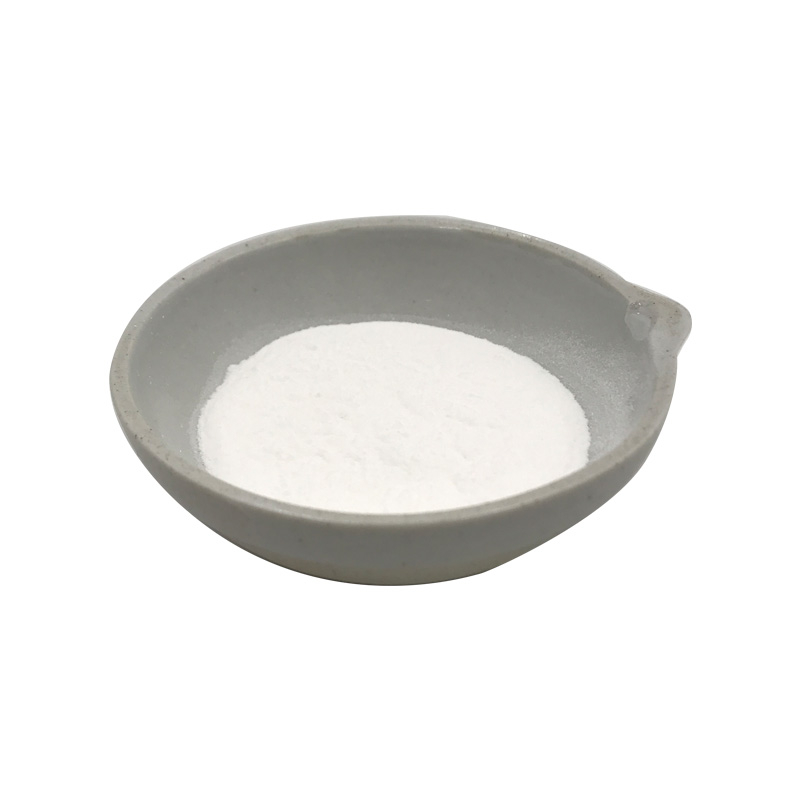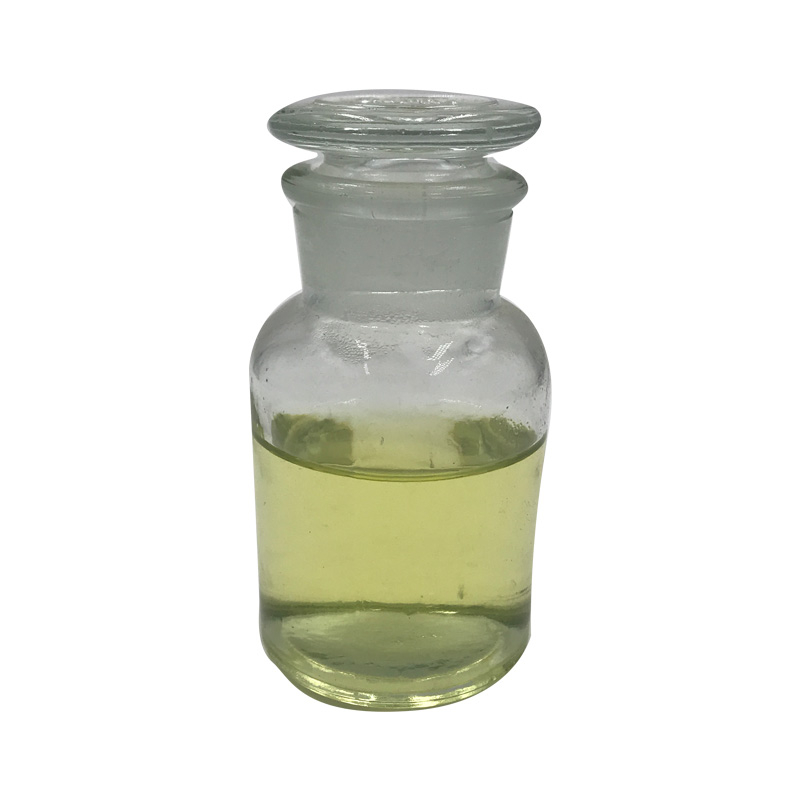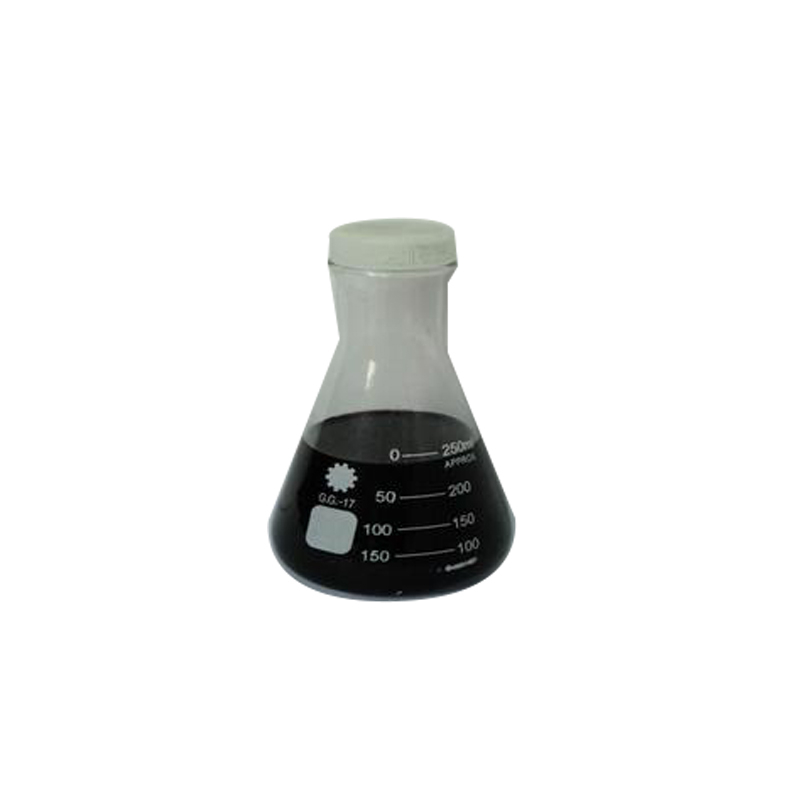Products Description of Acetic acid CAS#64-19-7Acetic acid, commonly known as acetic acid (AcOH), is named after the main component of vinegar and is one of the most important fatty acids. It generally exists in many plants in free form or in the form of esters in nature. Molecular formula CH3COOH. The brewing and use of vinegar has a history of thousands of years. There are records of vinegar making in ancient China. However, concentrated acetic acid was successfully developed by Stahl in 1700. Pure acetic acid is a colorless liquid with a pungent taste.
Contact Now
Product Overview: Industrial-Grade Acetic AcidIntroducing our high-quality Industrial-Grade Acetic Acid (CAS #64-19-7), a versatile chemical solution designed to meet the needs of manufacturers and industrial users worldwide. Known for its effective properties and stable quality, this product serves as an essential building block across various applications in numerous industries.Product Details:Chemical Composition and PurityOur Industrial-Grade Acetic Acid is a reliable form of pure acetic acid known for its exceptional purity and consistency.
Contact Now
Product Overview: Industrial-Grade Acetic AcidIntroducing our high-quality Acetic acid mass CAS#64-19-7, a versatile chemical solution designed to meet the needs of manufacturers and industrial users worldwide. Known for its effective properties and stable quality, this product serves as an essential building block across various applications in numerous industries.Pure Acetic Acid:Our Pure Acetic Acid, with the chemical formula CH3COOH, is meticulously produced to ensure the highest level of purity.
Contact Now
Glacial Acetic Acid CAS# 64-19-7Product Overview:Glacial acetic acid, scientifically known as ethanoic acid, is a colorless, corrosive liquid that plays a pivotal role in various industrial processes. With the chemical formula CH₃COOH and the unique identifier CAS#64-19-7, it is a versatile compound that is widely recognized for its effectiveness in a multitude of applications.Market Relevance:In the dynamic industrial sector, the demand for high-quality chemicals is ever-increasing.
Contact Now
Acetic acid formula CAS#64-19-7Product Overview:Glacial acetic acid, scientifically known as ethanoic acid, is a colorless, corrosive liquid that plays a pivotal role in various industrial processes. With the chemical formula CH₃COOH and the unique identifier CAS#64-19-7, it is a versatile compound that is widely recognized for its effectiveness in a multitude of applications.Market Relevance:In the dynamic industrial sector, the demand for high-quality chemicals is ever-increasing.
Contact Now
Industrial-grade acetic acid CAS#64-19-7Chemical Properties:Our Industrial-Grade Acetic Acid, a carboxylic acid with the molecular formula C2H4O2, boasts a melting point of 16.63°C and a boiling point of 117.9°C, making it a liquid at room temperature with a refractive index of 1.3716 and a density of 1.048. It is miscible with water and ethanol, forming a hydrophilic and polar protic solvent that dissolves in water and is widely used in industrial processes.Reactivity and Corrosion:Acetic acid is known to corrode certain metals such as magnesium, zinc, and iron, forming acetate salts.
Contact Now
Products Description of 2-Aminothiazole-4-acetic acid CAS#29676-71-9 It is prepared by condensing ethyl chloro or bromoacetyl acetate with thiourea and then hydrolyzing it.2-Aminothiazole-4-acetic acid Chemical PropertiesMelting point 130 °C (dec.)(lit.)Boiling point 399.0±17.0 °C(Predicted)density 1.367 (estimate)vapor pressure 1.03-1.15hPa at 20℃refractive index 1.6430 (estimate)storage temp. -20°Csolubility DMSO (Slightly)pka3.20±0.10(Predicted)form solidcolor WhiteWater Solubility 6.5 g/L (20 ºC)BRN 127415Stability:Unsta
Contact Now
Products Description of 1,8-Naphthalic anhydride CAS#81-84-5It precipitates needle-shaped crystals in ethanol and rhombus-shaped crystals in acetic acid.
Contact Now
Products Description of Thiosalicylic acid CAS#147-93-3Thiosalicylic acid, o-mercaptobenzoic acid, white triclinic crystals or white solids. Soluble in ethanol and glacial acetic acid, slightly soluble in water. Used in the preparation of thioindigo dyes, and also used as a reagent for iron analysis.
Contact Now
Products Description of Acetylacetone CAS#123-54-6This product is a colorless or slightly yellow transparent liquid with an unpleasant odor, m.p.-23℃, b.p.140.4℃, n20D1.4520, relative density 0.975, miscible with organic solvents such as ethanol, ether, chloroform, acetone, glacial acetic acid, and soluble in water.
Contact Now
Glacial Acetic Acid (Ch3cooh) - CAS#64-19-7Product Description:Welcome to our comprehensive page dedicated to Glacial Acetic Acid, a key chemical compound with the chemical formula C2H4O2 and globally recognized by the CAS#64-19-7.
Contact Now
Products Description of Chromium(VI) oxide CAS#1333-82-0Chromium trioxide is an inorganic compound with the chemical formula CrO3. It is a dark red or dark purple crystalline powder. It is soluble in water, sulfuric acid, nitric acid, ethanol, ether, acetic acid, and acetone. It is mainly used in electroplating industry, pharmaceutical industry, printing industry, tanning and fabric mordant dyeing.On October 27, 2017, the World Health Organization's International Agency for Research on Cancer published a preliminary list of carcinogens for reference.
Contact Now
1H-Benzotriazole CAS #95-14-71H-Benzotriazole is prepared by the reaction of o-phenylenediamine with nitrous acid in dilute sulfuric acid. Damschrodner and Peterson were able to synthesize the 1H-benzotriazole in a high yield (80%) by nitrosation of o-phenylenediamine with sodium nitrite in glacial acetic acid and water.1H-Benzotriazole is an anticorrosive agent, which is useful in aircraft deicing and antifreeze fluids. It is also employed in dishwasher detergents.
Contact Now
Products Description of Myrcene CAS#123-35-3 Myrcene is a colorless to light yellow oily liquid. It has a sweet orange flavor and balsamic odor; boiling point 167°C; flash point 37.2°C; soluble in ethanol, ether, chloroform, glacial acetic acid and most non-volatile oils, insoluble in water.
Contact Now
Products Description of Lead monoxide CAS#1317-36-8Lead oxide is an inorganic substance with the chemical formula PbO. It is a yellow crystalline powder, insoluble in water, insoluble in ethanol, soluble in nitric acid, acetic acid, and hot alkali. It is mainly used as a pigment, metallurgical flux, and paint drier.
Contact Now
Products Description of Ethyl 2-hydroxybenzoate 98% CAS#118-61-6Ethyl salicylate is a colorless oily liquid with a light wintergreen oil aroma. Boiling point is 234℃, melting point is 1.3℃. Soluble in ethanol, ether, acetic acid and most non-volatile oils, slightly soluble in water and glycerin. Used in organic synthesis or preparation of spices, and also used as solvent. The production method is obtained by esterification of o-hydroxybenzoic acid (i.e.
Contact Now
Products Description of Lead Oxide CAS#1317-36-8Lead oxide is an inorganic substance with the chemical formula PbO. It is a yellow crystalline powder. It is insoluble in water and ethanol, but soluble in nitric acid, acetic acid, and hot alkali solution. It is mainly used as a pigment, metallurgical flux, paint drier, rubber vulcanization accelerator, pesticide, etc.On October 27, 2017, the World Health Organization's International Agency for Research on Cancer published a preliminary list of carcinogens for reference.
Contact Now
Products Description of Melamine CAS#108-78-1Melamine, commonly known as "melamine", "protein essence" and "melamine (Pinyin: mì'àn)", is a triazine nitrogen-containing heterocyclic organic compound, often used as a chemical raw material. It is a white monoclinic crystal, almost odorless, slightly soluble in water (3.1g/L at room temperature), soluble in formaldehyde, acetic acid, hot ethylene glycol, glycerin, pyridine, etc., insoluble in acetone and ethers, harmful to the body, and cannot be used in food processing or food additives.
Contact Now
Products Description of 2-Ethyl anthraquinoneCAS#84-51-5Pale yellow solid, melting point lower than anthraquinone, soluble in benzene, can be recrystallized from ethanol or acetic acid, melting point 108℃.2-Ethyl anthraquinone Chemical PropertiesMelting point 108-111 °C (lit.)Boiling point 180-190°Cdensity 1.27 g/cm3 (21℃)vapor pressure <1 hPa (25 °C)refractive index 1.6290 (estimate)Fp >210°Cstorage temp. Store below +30°C.solubility 0.00025g/lform powder to crystalcolor Light yellow to Amber to Dark greenWater Solubility Insol
Contact Now
Products Description of Alginic acid CAS#9005-32-7Alginic acid is a viscous organic acid, also known as alginic acid and alginic acid. The product is white to light yellow-brown powder. The average molecular weight is about 240,000. Melting point>300℃. It is slightly soluble in hot water, and the viscosity of its aqueous solution is 4 times higher than that of starch. It is insoluble in cold water and organic solvents, and slowly dissolves in alkaline solutions.
Contact Now
Products Description of Kojic acid CAS#501-30-4Kojic acid, also known as kojic acid and kojic acid, is an organic acid with antibacterial effect produced by aerobic fermentation of glucose by Aspergillus candida at 30-32°C. Its molecular structure is a γ-pyrone with a substituent. Among the γ-pyrone compounds existing in nature, the only famous compounds are kojic acid and maltol. In 1907, Saito separated kojic acid crystals from rice koji. It was named by Yabuta in 1912 and its structure was determined in 1924.
Contact Now
Products Description of Pyrophosphoric acid CAS#2466-09-3Pyrophosphoric acid is a colorless needle-shaped crystal or a colorless viscous liquid. It forms crystals after long-term storage and is colorless glassy. Pyrophosphate has strong coordination properties. Excess P2O74- can dissolve insoluble pyrophosphates (Cu2+, Ag+, Zn2+, Mg2+, Ca2+, Sn2+, etc.) to form complex ions, such as [Cu(P2O7)2]6-, [Sn(P2O7)2]6-, etc. It is often used as a catalyst in industry to prepare organic phosphates, etc. Pyrophosphate meets silver salt to obtain white silver pyrophosphate precipitate.
Contact Now
Products Description of 3,5-Dinitrosalicylic acid CAS#609-99-4Yellow flaky crystals. Melting point 173-174°C. Soluble in alcohol, benzene, ether, slightly soluble in water.3,5-Dinitrosalicylic acid Chemical PropertiesMelting point 168-172 °C (lit.)Boiling point 369.91°C (rough estimate)density 1.7914 (rough estimate)refractive index 1.5300 (estimate)storage temp. room tempsolubility H2O: soluble50mg/mLform Powderpka1.57±0.10(Predicted)color YellowPH Range1.3-1.8 (10g/L @ 20°C)Water Solubility solubleBRN 2220661Stability:Stable.
Contact Now
Products Description of Boric acid CAS#11113-50-1Boric acid is also called "orthoboric acid". It is derived from the interaction between natural borax (sodium borate) and acid. Soluble in water, ethanol and glycerin. The aqueous solution is acidic and is a monovalent weak acid. Solubility in water increases with temperature. Heated to 169℃ (±1℃), dehydration will produce metaboric acid, and 300℃ will form boric anhydride. Neutralize with strong base to obtain metaborate.
Contact Now


































